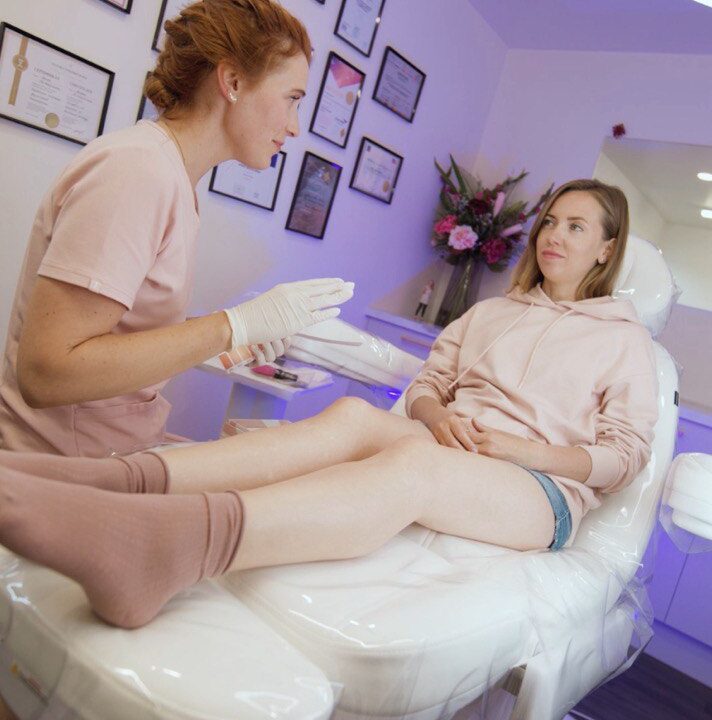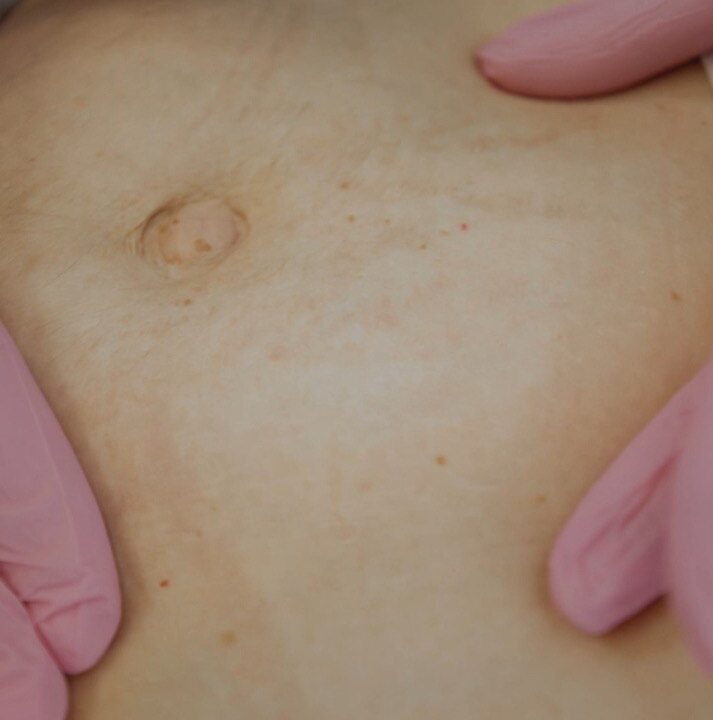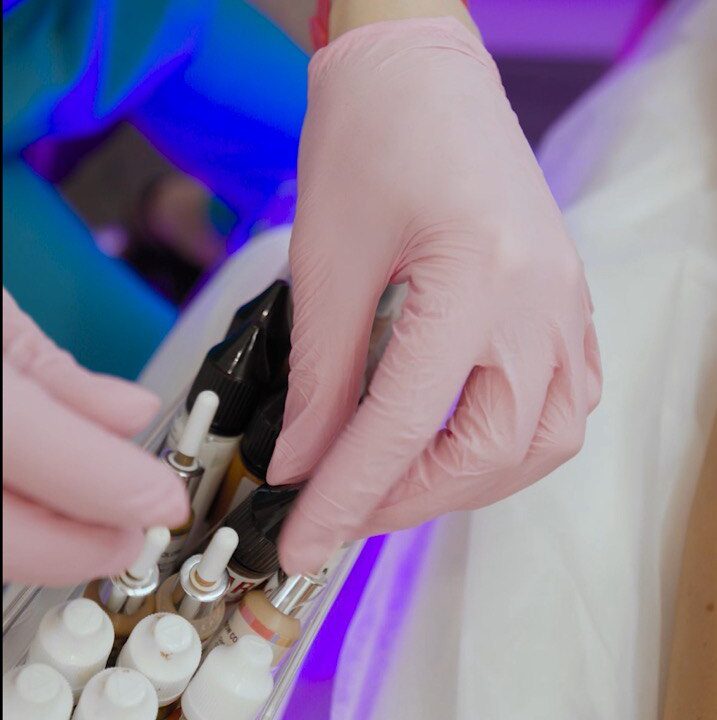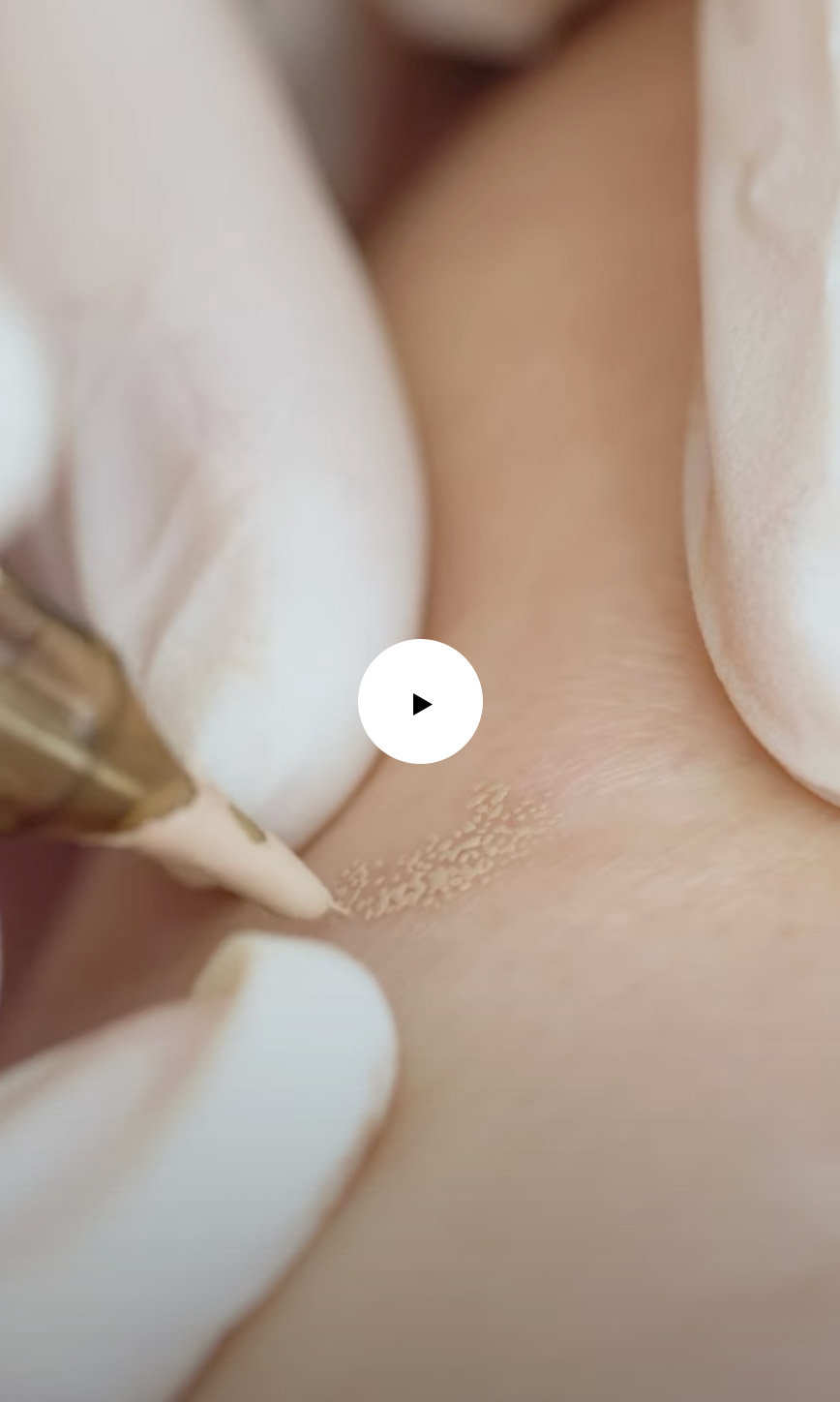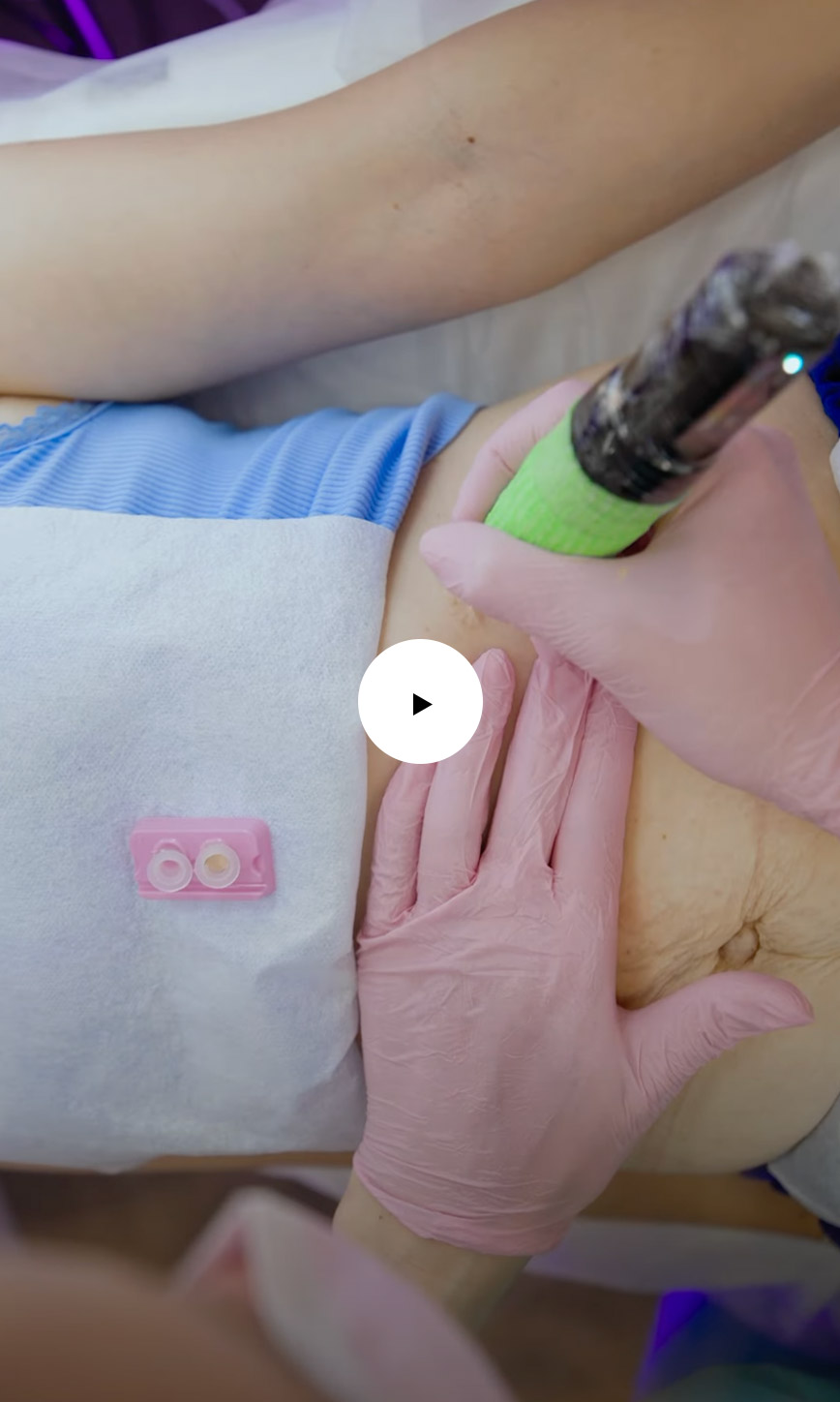Skin Camouflage
Hyperpigmented scars, White Scars, Stretch Marks, Skin Grafts, Self-Harm scars, Burns, Radiation Markers, Camouflage, Vitiligo, Dark Eye Circles
Prices vary depending on the amount and size of the area requiring Skin Camouflage treatment. The average cost per session typically falls between $200 and $850.
- Skin Camouflage treatment typically requires 2 to 6 sessions, spaced 4 to 8 weeks apart.

Here's How It Works:
-
- Book a consultation or consultation + patch test through our online booking program.
- During the consultation, Dasha will examine your scar tissue area, recommend a possible solution, and provide you with a quote.
Frequently Asked Qustions
Payment options
Eftpos, Bank Transfer, Cash, Credit Card- fee 2%, Afterpay
Enjoy transparent pricing – GST is already included in all our listed prices.
Consultation
The consultation fee is $50.
Consultation is free if booked on the same day as the tattoo treatment.
Want to learn more? Visit our blog section! Dasha has prepared articles and videos with online consultations for you.
Can I Get a Consultation and Treatment on the Same Day?
Absolutely! You can schedule your consultation and treatment for the same day online. After your session, you can continue your routine without any downtime.
Want to learn more? Visit our blog section! Dasha has prepared articles and videos with online consultations for you.
Do you need a quote for your insurance company?
Do you need a quote for your insurance provider? To obtain a quote, please book a consultation via our online booking system.
A formal document will be prepared by Dasha during your in-person consultation.
If you are unable to attend in person, Dasha will prepare the document during your scheduled online appointment and email it to you as a PDF.
Payment Options for Insurance:
Covered Treatments Upfront Payment by Insurance An invoice will be issued for the scheduled treatment. Your insurance provider is expected to process payment in advance. If payment is not received by the appointment time, the session will be rescheduled.
Client Payment with Reimbursement You may pay for the treatment on the day of your session. An invoice will be provided so you can submit it to your insurance provider for reimbursement.
Say Goodbye to Dark Circles: Exploring Camouflage Tattooing
Do you find yourself reaching for concealer every morning to minimize the appearance of under-eye dark circles? If so, Dark Circles Camouflage Tattooing could be the ideal, long-lasting solution to rejuvenate the delicate skin around your eyes.
This specialized under-eye concealer tattoo offers results that typically last between one and three years with minimal upkeep. To maintain that refreshed brightness, a simple follow-up session can be scheduled after this period.
The journey to a brighter under-eye area often involves a series of sessions, typically ranging from 1 to 5 treatments, each lasting approximately 1.5 to 2 hours. This is a subtle art that requires patience, as the initial improvements usually become noticeable around one month after your first treatment.
Unlike traditional cosmetic tattooing that deposits noticeable color, this innovative technique works differently. It subtly lightens the skin by introducing tiny pigment microparticles. These particles create a light-reflecting shield within the skin, effectively reducing the visibility of under-eye darkness to the naked eye. Even upon close inspection, the treated area will appear much like a dusting of translucent loose powder.
What to Expect During Your Treatment: A carefully chosen light skin-matching pigment is gently implanted into the very superficial layer of the skin, less than 0.1 mm deep, just beneath the epidermis. This precise and shallow placement ensures that the capillaries remain untouched, eliminating any risk of bleeding or bruising. Clients may occasionally experience very minimal and temporary skin swelling.
It's crucial to understand that under-eye camouflage tattooing doesn't alter your natural skin tone. Instead, it creates a light-diffusing layer between the capillaries (the source of the darkness) and the surface of your skin. This means your skin will still tan naturally when exposed to the sun.
The ultimate goal of this treatment is to achieve a refreshed, naturally brighter, and less tired appearance, rather than creating a heavy, opaque layer of pigment. This is why multiple sessions may be necessary to achieve a seamless and natural-looking result that is specifically tailored to your individual needs and the severity of your dark circles.
The process is designed to be completely painless and safe for your eyes. If more than one session is recommended to achieve your desired outcome, these will typically be scheduled with a 5 to 12-week interval between them. A personalized assessment is essential to determine the most suitable treatment plan for you.
Can Keloid or Hypertrofic scars be treated with Inkless Scar Revision tretment?
How many Inkless Scar Revision treatments are required?
Can I get Skin Camouflage after Inkless Scar Revision treatment?
What scars can be concealed with skin camouflage?
Surgical scars
Plastic surgery scars
Pregnancy stretch marks
Self-harm scars
White & Pigmented Scars
Vitiligo
Radiation markers
Burns
Are you a candidate for scar camouflage?
Your scar should be healed and no longer pink or changing color.
Your scar should be at least 12 months old with stable color. If it is red, pink, or still changing color, the scar tissue may still be healing.
Smooth and relatively flat: Camouflage tattooing cannot disguise or correct extreme changes in skin texture. If your scar tissue or surface area is irregular or raised, the process may not be effective. You may consider scar revision treatments, such as ISR (scar revision), to smooth out the scar prior to camouflage tattooing.
You must not have any of the following: keloids, port-wine birthmarks, spider veins, or unstable vitiligo (not in remission). These conditions can be improved with non-tattoo medical treatments such as lasers, sclerotherapy, or chemical peels. Please consult with a physician regarding the best course of treatment for these conditions.
Have realistic expectations: Camouflage tattooing will not completely restore skin to its pre-injury appearance. The process will not "erase" a scar or skin anomaly so that it appears completely gone and the area looks "perfect" again. It improves color differences to help disguise the scar or anomaly and make it less noticeable.
Limit sun exposure: A scar camouflage tattoo will not be a "perfect" match to the surrounding skin color. This is due to the constant changes in skin tones from blood flow, body temperature, and tanning. The pigment in the tattoo will not darken when exposed to sunlight or tanning booths, so the tattoo may appear lighter if the surrounding skin tans. When the tattoo color matches tanned skin, it may appear darker once the surrounding tan fades. Therefore, if you spend time outdoors, you will need to adjust your lifestyle or decide to match the tattoo to "winter" or "summer" skin and accept the color variations in between.
Understand that results are not immediate: Camouflage re-pigmentation is a process, not a one-time "cure." Its response cannot be predicted—a scar or vitiligo patch may have areas that absorb pigment, reject it, or both. The area will look dark and red immediately after a tattooing session, and then it takes several weeks to show the healed color (or lack thereof). This requires time and patience.
Areas that are not good for camouflage
Does Skin Camouflage treatment remove stretch marks/ scars / vitiligo?
Is skin camouflage treatment suitable for all skin types?
Who is scar camouflage not recommended for:
How long will the results of the skin camouflage last?
You may or may not need a touch up after 2-4 years. Remember, a stretch mark is a scar and so the skin is trickier to penetrate. In addition, as we age, all tattoos transition and change on our skin because there’s less elasticity and melanin production. This can affect your stretch mark camouflage tattoo, as well.
WHY DO SCAR CAMOUFLAGE TATTOOS FADE? Pigment particles exposed to the UV rays of the sun breaks down over time. Pigment particles in your skin used to create your scar camouflage tattoos are exposed to the UV rays of the sun. To prevent premature fading, you will need to use sunblock consistently. Avoiding the sun, tanning beds, retinol, alpha hydroxy, and use of glycolic acids such as fruit acids commonly found in some toners, cleansers and moisturizers will help with the longevity of your scar camouflage tattoo.

